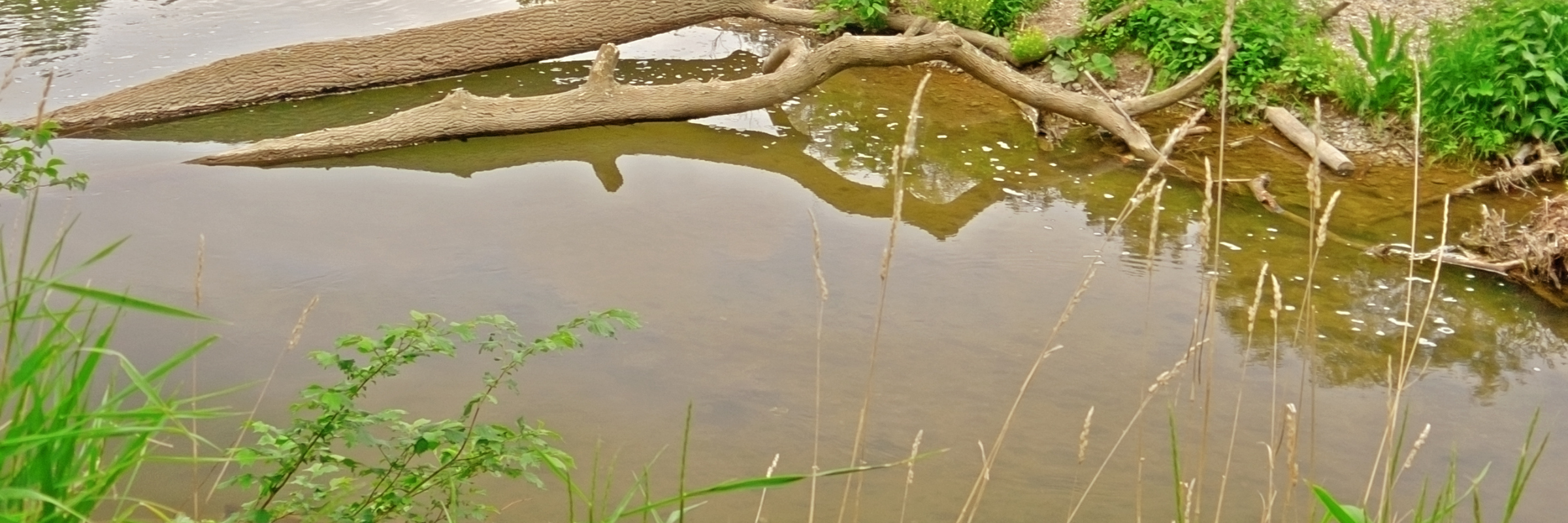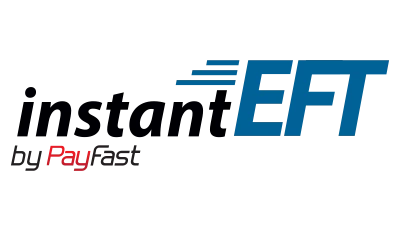The West African Floodplain Swamp

Welcome to our third article on a series that we have dedicated to the world of biotope aquariums, what they are, how they work, and most importantly, how to create one. We are halfway through our series of exploring the different regions of biotope aquariums and in this article, we will be discussing West Africa’s Floodplain Swamp.
The floodplains in West Africa are crisscrossed by a framework of small streams. At certain times of the year, these streams flood enormously, but at other times they may dry up completely.
Swamps – which may either be temporary or permanent – often develop on the African floodplain, and these swamps are the inspiration for this week’s biotope aquarium.
Let’s explore a few interesting facts about these floodplains and how they contribute towards a sustainable biotope community for our fish friends.
Planning the Tank
To create an aquarium based on a freshwater floodplain swamp, the size of the tank that you choose is not critical.
The temperature of the water should be around 21 to 23°C, and soft, acidic water is essential.
A good pH to aim for is 6, with a hardness of no more than 50mg/litre CaCO3.
The aquarium should be provided with a good level of lighting, and a power filter is the best choice here.
To help soften the water, aquarium peat can be added to the filter, while blackwater extract can be included in the tank water.
The level of lighting in the aquarium should have a soft, shadowy effect, but should also be substantial enough to allow light to penetrate through the dark, murky water and reach the plants.
An internal power filter should be chosen for this aquarium, as these filters are not too strong and are unlikely to disturb the peat on the tank bottom.

Essential Tools
The tank needs to hold around 159 litres of water and should not be stocked with more than 115 cm of fish. The dimensions of this tank could be around 91 x 46 x 38 cm to carry the desired ratio of water and fish.
Tap water is suitable for the tank, but it will generally need to be demineralised to reduce its harshness.
The tank should be heated by two 150-watt heaters/thermostats and can be lit by a fluorescent tube.
A power filter that gives a very good flow but is not so powerful that it will disturb the peat at the bottom of the tank, should also be chosen.
Ingredients

Red Myriophyllum – also called Myriophyllum matogrossense – A dramatic South American plant that thrives in the conditions of this tank.

Aquarium peat – The fabulous colours of the fishes stand out against the deep black peat.

Cork bark – The bark of the cork oak has a beautiful surface pattern
Suitable Plants Include:

The African Water Fern is a robust aquatic fern commonly found in streams and boggy areas throughout Africa. This fern thrives best attached to lava rocks or pieces of wood in water-moving areas. It has delicately cut dark green leaves and grows extremely slow with a single leaf growing in about two months. It can reach a maximum of 55 cm in height and 20 cm in width, depending on the living conditions, lighting levels, nutrients, and CO2 levels.

A low-growing Eleocharis is an ideal foreground plant that will gradually form a solid mass of plants. The plant is extremely versatile and useful, and may be used to form a grassy carpet, which is a very dense lawn-like effect that may be achieved in 6 – 8 weeks from planting. It is also very useful when planted sparsely around the edges of rocks and other hardscapes and produces a ‘softening’ effect when used in this way.
Suitable Fishes Include:

- Description – This fish has an oval-shaped, brown, and speckled body.
- Length – 12 cm.
- Ease of keeping – Relatively easy to keep.
- Food – Enjoys an assortment of live foods, especially bloodworm and food sticks.
- Breeding – This fish has an unknown history of breeding in the aquarium.
- Swimming level – These fish prefer swimming in the midwater to upper levels of the aquarium.

- Description – This fish has a black, soft-skinned, and distinctive body that is accentuated with a pointed mouth extension
- Length – 20 cm.
- Ease of keeping – Fairly difficult to keep as the fish is territorial and must be kept in a small aquarium to prevent bullying. This fish also needs the aquarium to have a consistently soft sand substrate.
- Food – Enjoys an assortment of live foods, especially shrimp and tubifex. They may sometimes prefer flakes.
- Breeding – This fish has an unknown history of breeding in the aquarium.
- Swimming level – These fishes can be found swimming in the lower levels of the aquarium.

- Description – This fish is covered in a gold body that has a distinctive plum belly, with dark, horizontal bands as well.
- Length – 10 cm.
- Ease of keeping – Relatively easy to keep.
- Food – Enjoys an assortment of live foods but may also prefer flake.
- Breeding – This fish is an egg depositor and lays eggs in caves and the substrate of the aquarium.
- Swimming level – These fishes prefer swimming in the midwater to lower levels of the aquarium.

- Description – This fish is coloured in a yellow body and resembles a dwarf cichlid.
- Length – 10 cm.
- Ease of keeping – Fairly easy to keep.
- Food – Enjoys an assortment of live foods, especially bloodworm and gnat-larvae. They may also prefer flakes.
- Breeding – This fish is considered a mouthbrooding cave spawner.
- Swimming level – These fish prefer swimming in the midwater to lower levels of the aquarium.

- Description – This fish has a pale brown body that is decorated with distinctive rose stripes.
- Length – 8 cm.
- Ease of keeping – Fairly easy to keep and thrives in large shoals.
- Food – Enjoys an assortment of live foods, especially gnat-larvae and daphnia. They may also prefer flakes.
- Breeding – This fish is an egg scatterer.
- Swimming level – These fish can be found swimming in the midwater levels of the aquarium.
Building The Tank
This can be done in two easy steps:
1. Lay down a base of peat to at least 5 cm, then add the cork bark. Once the bark is in position, add stones to hold it in place. Build up the peat behind the bark to anchor the plants.
2. Add the plants. These plants have been planted in baskets which give them a secure base in the peat. Planting before the water is added prevents the peat from floating up and clouding the water.
The Finished Tank
Using aquarium peat for the substrate is an excellent way of achieving the dark, shadowy look that is a main characteristic of a floodplain swamp. Peat is soft and highly organic, and the fish love to root around in it, especially when egg-laying.
The main feature of this tank is a large piece of hollow cork bark for the fish to explore. Cork is resistant to water, but since it will float if not held down, large stones should be hidden inside it to weigh it down.
From behind the bark, a dense forest of red Myriophyllum can be allowed to flow out across the tank.
Floodplain swamps have several important features to consider when designing the tank. The water is very high in humic acids and is also often shallow. The richness of the substrate means that aquatic plant life in the swamp is plentiful, with many plants growing right out of the water. The density of vegetation, however, means that little sunlight will penetrate through the water. This aquarium requires very little and is also easy to maintain. However, there is a limitation in terms of suitable plants for this swampy setting, so make sure that you do plenty of research or consultations before adding more plants to the tank.
Our online marketplace has pretty much everything you will need to build your perfect biotope aquarium. Feel free to get in touch with us about all your questions, needs, and frustrations.
And stay tuned for another brilliant article on biotope aquariums, where we continue to explore the different regions that will captivate and add some flare to your fishes’ space. 😉










